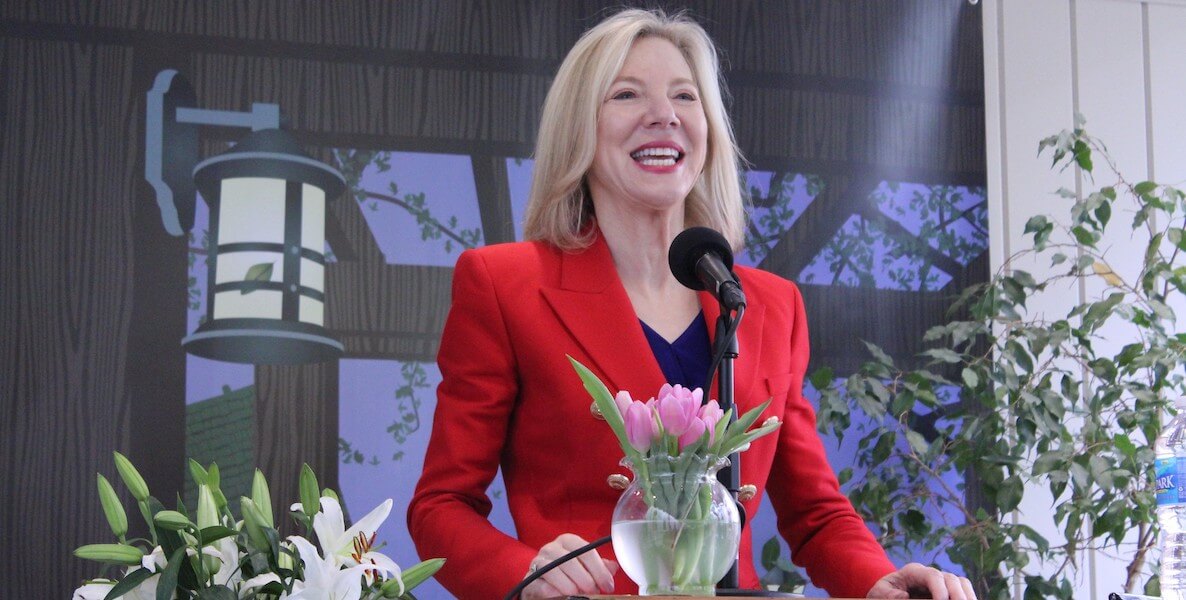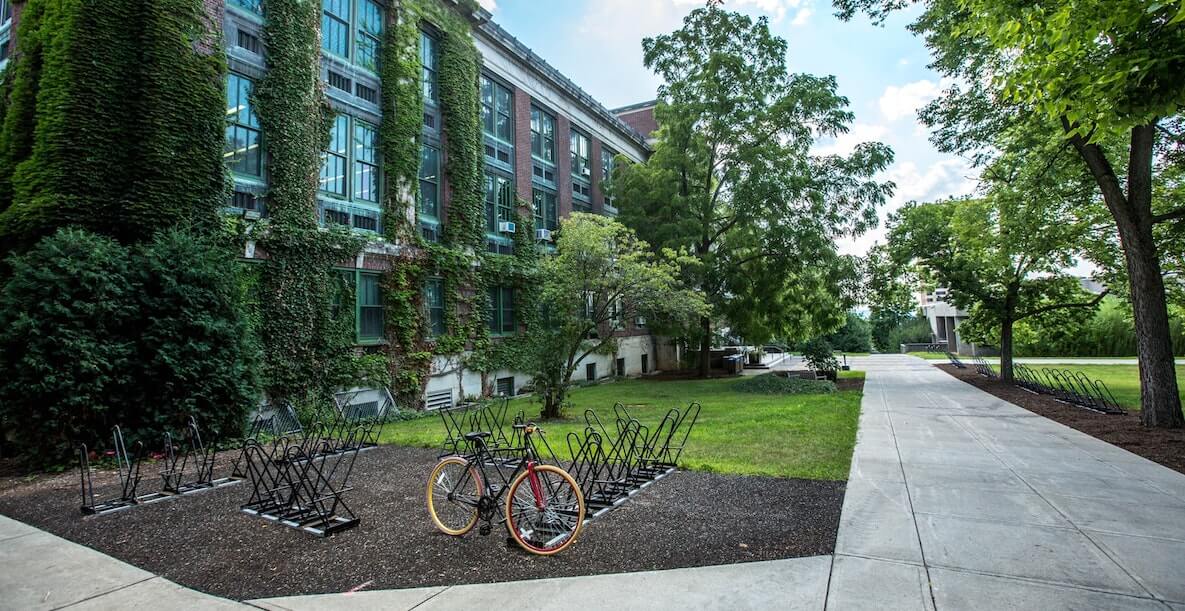On Friday, March 6, 2020, the University of Washington became the first U.S. higher education institution to announce a move to remote instruction to address the coronavirus threat. Many university leaders wondered if the decision was premature. It wasn’t.
On Wednesday, March 11, the World Health Organization officially declared a pandemic. For most students, faculty, and staff, Thursday, March 12, was the last regular day on campus. It was for me.
As president of Governors State (GSU), an Illinois regional public university, I consulted with campus leaders on extending spring break and preparing for what we called “continuity of instruction through alternative modes of delivery.”
That meant that we did not propose to put everything “online.” Some professors would conduct classes by telephone. A few lab classes would meet on campus, with masks and appropriate social distancing.
RELATED FROM THE CITIZEN
Penn President Amy Gutmann’s $100 million pledge to the School District of Philadelphia proved again how she is making Penn a leader among elite universities. Elaine Maimon offers ideas for what else Penn could do for Philly.
As a Minority Serving Institution (MSI) with a special mission to inclusion, GSU was immediately poised to span the digital divide and accommodate students without Wi-Fi connection. Adhering to CDC guidelines, we kept computer labs staffed and open.
A full year has passed. Some colleges and universities managed effectively, while others, frankly, did not. Even more important, some were able to move “from triage to transformation,” while others were paralyzed.
The fact is, higher education has been in need of change for a long time. The pandemic just highlighted existing problems and should accelerate reform. The other option is fear and paralysis.
The demographics had changed long before Covid. The birth rate of traditional high school graduates has been on a downward slope for years. In fact, the majority of students in college in 2019 already constituted a “New Majority” made up of those previously marginalized: first-generation and students of color, adults and military veterans.
Even in the majority, these students are underserved. Disparate reform movements have been successful but have not brought about systemic change. The pandemic has shaken things up to a degree that overall reform is possible both at a public policy and university level.
Public policy reform
Now is the time to implement policies to provide the highest quality education to the New Majority. At the moment the situation is perilous. Ivy League and other elite universities have more applicants than ever before. Applications to most regional public universities and community colleges are down. And fewer low-income students are applying to college. This situation must be turned around.
Federal and state government must invest in regional public universities (PASSHE in PA) and community colleges so that they can rise to the recruitment challenge. These universities must reach out to first-generation students to convince them first of all that they deserve and can afford higher education. That outreach must start in early years—kindergarten, if possible—and continue throughout K-12. These institutions must also find and recruit adults who have some college and no degree. All this costs money.
RELATED FROM THE CITIZEN
Deploying the American Rescue Act: How cities like Philly should use the new Covid relief funds to bring efficient and equitable change to communities
The $1.9 trillion Covid relief bill passed last week provides funds for colleges and universities, as well as money for states. In addition to the immediate goal of addressing Covid-related expenses, the monetary reprieve can support public institutions in the costly endeavor of identifying, educating, and graduating New Majority students. It can also be used to encourage students to fill out the FAFSA (Free Application for Federal Student Aid), which has dropped 10 percent this year.
It’s also important to redirect private philanthropy: MacKenzie Scott, ex-wife of Amazon mogul Jeff Bezos, has led the way, making multimillion dollar grants—with no strings attached—to 35 colleges she described as providing “education for historically marginalized and underserved people.”
Nearby institutions selected by MacKenzie Scott include Lincoln University and Delaware State University. Her generosity to lesser-known colleges and universities should serve as an example. Most people make annual contributions to their alma mater. I do. We should also consider contributing to local, underfunded institutions.
Systemic reform in universities and college
Those of us in higher ed have all heard the clichés about the immobility of colleges and universities. “Changing curriculum is like moving a graveyard,” etc. But the last year provides evidence of an unexpected nimbleness, attention to students, and commitment to the common good.
Sure, there were faculty members who put form before substance—focusing on procedures and the privileges of rank. But for the most part faculty and staff had their priorities straight, helping colleagues teach online; doing productive work from home; developing creative ways to keep students close remotely. They rose to a sudden unprecedented situation. And in that I see hope for lasting change, systemic and cultural.
Here’s what we should encourage:
1. Repress academic snobbery
- Respect community colleges. Build seamless transfer to universities on true colleagueship between faculty and staff at these separate institutions. This can be done. (The Kresge Foundation-funded Dual Degree Program is an example.)
- Invest in the first-year undergraduate curriculum. At too many colleges and universities, freshman year is taught by overworked and under-paid part-time faculty members. And yet we know that the initial year of post-secondary study is make or break. This counter-productive practice continues because of snobbery—faculty members associating their self-worth with the level of the students they teach—and a poor sense of economics—saving money on the very courses that will retain students and make more financial sense in the long run. Essential in post-Covid planning is investing resources and prestige in the first year of college study.
2. Rethink the curriculum
- Beginning in the first year, help students make connections—with the community, with employers, and with each other. Help students to build social capital through internships and micro-internships. Help them to see that it’s not essential to major in something that sounds like a job. They can instead find explicit ways to apply a wide range of study to future employment.
- Protect the arts and humanities. In the twenty-first century specific job skills are not enough. It’s important to educate the imagination so that students are prepared for wicked problems—those that lack clear definition and solution.
- Integrate democracy and social justice across the curriculum. In every course students can be encouraged to think like a citizen.
- Incorporate “high impact practices” like writing across the curriculum, student/faculty research, projects that span more than one semester, study abroad, etc.
3. Be strategic about the platform for instruction
The increase in online instruction this year demonstrated creative and effective ways to teach remotely. We also discovered that large numbers of students yearn for face-to-face education. This desire for in-person interactions goes beyond the longing among traditional-age students for the coming-of-age function of college. Many adults have found that they learn better in certain situations where human beings are present in the flesh, not on-screen. It’s imperative to think carefully about platforms for instruction. I’ve heard it said that in a 300-student lecture hall everyone beyond the first row is engaging in distance education. Why not allow students to listen to lectures from the comfort of their homes or dorm rooms? We have also found that online education can be highly interactive. Courses should be designed to make the best use of all available modalities.
4. Reallocate budgets
We need a new math for university and college budgets. Addition—higher tuition charges—and subtraction—cutting essential programs—no longer yield desired results. Administrators and faculty members should be working together now on a strategic action plan tied directly to institutional goals.
Readers can encourage these post-Covid reforms by communicating with university leaders and by supporting those institutions committed to transformation. We are at a pivotal moment in higher education. As we emerge into the new world on the other side of Covid, we have opportunities to accelerate deep and lasting change.
Elaine Maimon, PhD, served for 24 years as chief executive officer at three public universities. She is the author of Leading Academic Change: Vision, Strategy, Transformation.
How you can support smart education reform
- Contribute to local under-funded colleges and universities like The Community College of Philadelphia.
- Support the new majority-serving institutions like HBCUs.
- Support local schools in Philadelphia, because better schools create better college students down the road.






